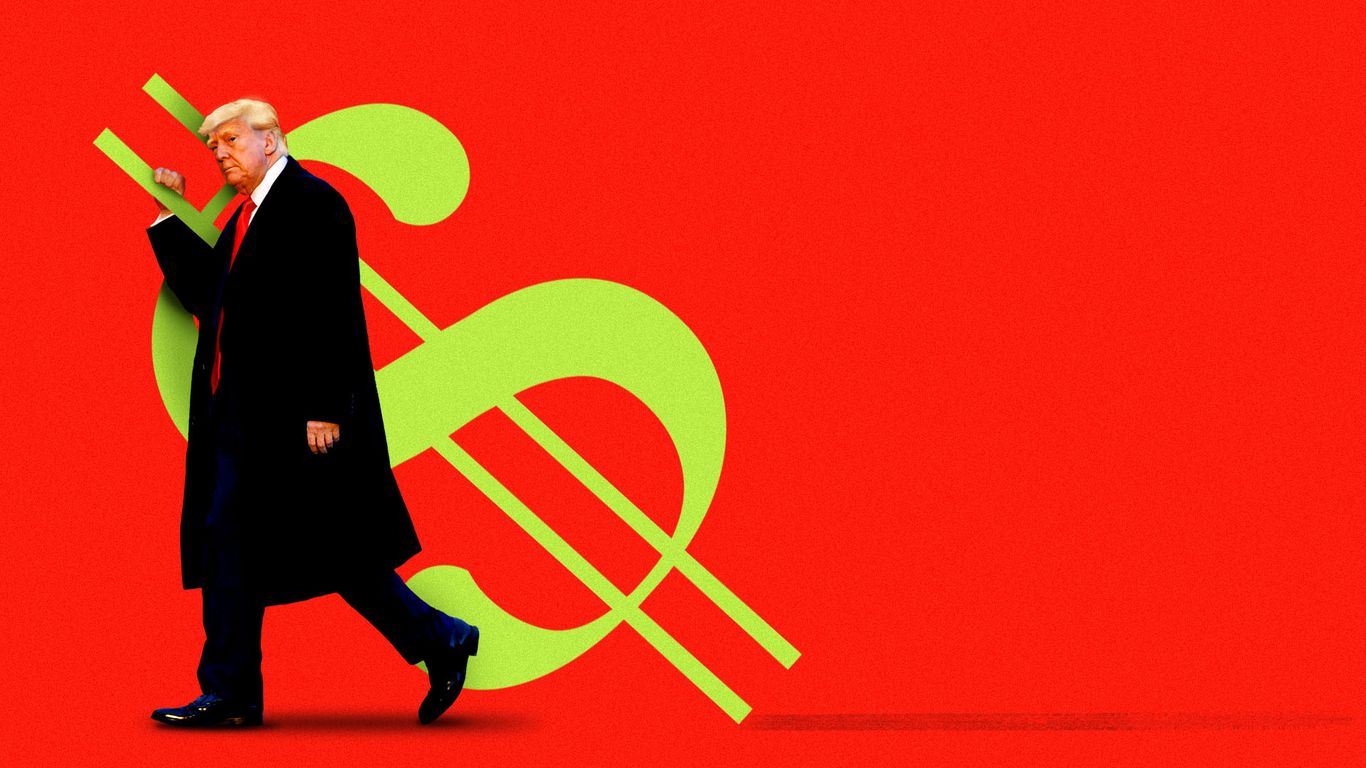Japan Unveils New Economic Package to Curb Inflation and Support Wages

Japan’s New Economic Package to Combat Inflation
Japanese Prime Minister Sanae Takaichi has ordered a fresh economic package aimed at easing inflationary pressures on households and businesses. Inflation in Japan has remained at or above the Bank of Japan’s 2% target for over three years, prompting urgent government action. The package will likely include subsidies for electricity and gas during the winter and regional grants to alleviate rising costs.
Supporting Small Businesses and Wage Growth
The plan encourages small and medium-sized enterprises to raise wages and increase capital investment, aiming to stimulate economic growth while addressing inflation’s impact. Unlike previous proposals, cash handouts are not part of the current measures, reflecting a preference for targeted support rather than broad stimulus. A supplementary budget will be prepared to finance these initiatives, though exact figures and funding sources are yet to be detailed.
Government Commitment Amid Economic Challenges
Takaichi’s government prioritizes building a strong economy by working closely with relevant ministers and the Bank of Japan. This strategy comes as real wages struggle to keep pace with inflation, and external factors such as U.S. tariffs also weigh on growth prospects. The new measures underscore a focused approach to stabilize prices and support households through rising living costs.
About the Organizations Mentioned
Bank of Japan
## Overview The Bank of Japan (BoJ), established in 1882, is the nation’s central bank and the sole issuer of the Japanese yen[1][6][7]. Its primary missions are to maintain price stability and ensure the stability of the financial system, roles it fulfills through monetary policy, currency issuance, and oversight of financial institutions[5]. The BoJ is headquartered in Tokyo and plays a central role in shaping Japan’s economic landscape, influencing everything from inflation and interest rates to foreign exchange markets[5][7]. ## History The BoJ was founded to unify and stabilize Japan’s previously fragmented monetary system, which was plagued by numerous private banks issuing their own currencies[3]. Modeled after European central banks, the BoJ gained a monopoly on money supply control in 1884 and began issuing banknotes in 1885[1]. Its early years were marked by Japan’s adoption of the gold standard in 1897 and the gradual consolidation of national currency issuance[1]. The bank underwent significant reorganization during the 20th century, especially after World War II, when its functions were briefly suspended during the Allied occupation[1][4]. The 1942 and 1949 reforms redefined its structure, including the establishment of the Policy Board[2]. For much of the post-war period, the BoJ relied on “window guidance” credit controls, which were later criticized for contributing to the asset bubble of the 1980s[1]. The 1997 Bank of Japan Act granted the BoJ greater independence while emphasizing collaboration with the government[1][2]. ## Key Achievements The BoJ has navigated numerous economic challenges, including the oil shocks of the 1970s, the asset bubble and subsequent bust of the late 1980s and 1990s, and the prolonged deflationary period that followed[3][4]. In response, it pioneered unconventional monetary policies, such as the







